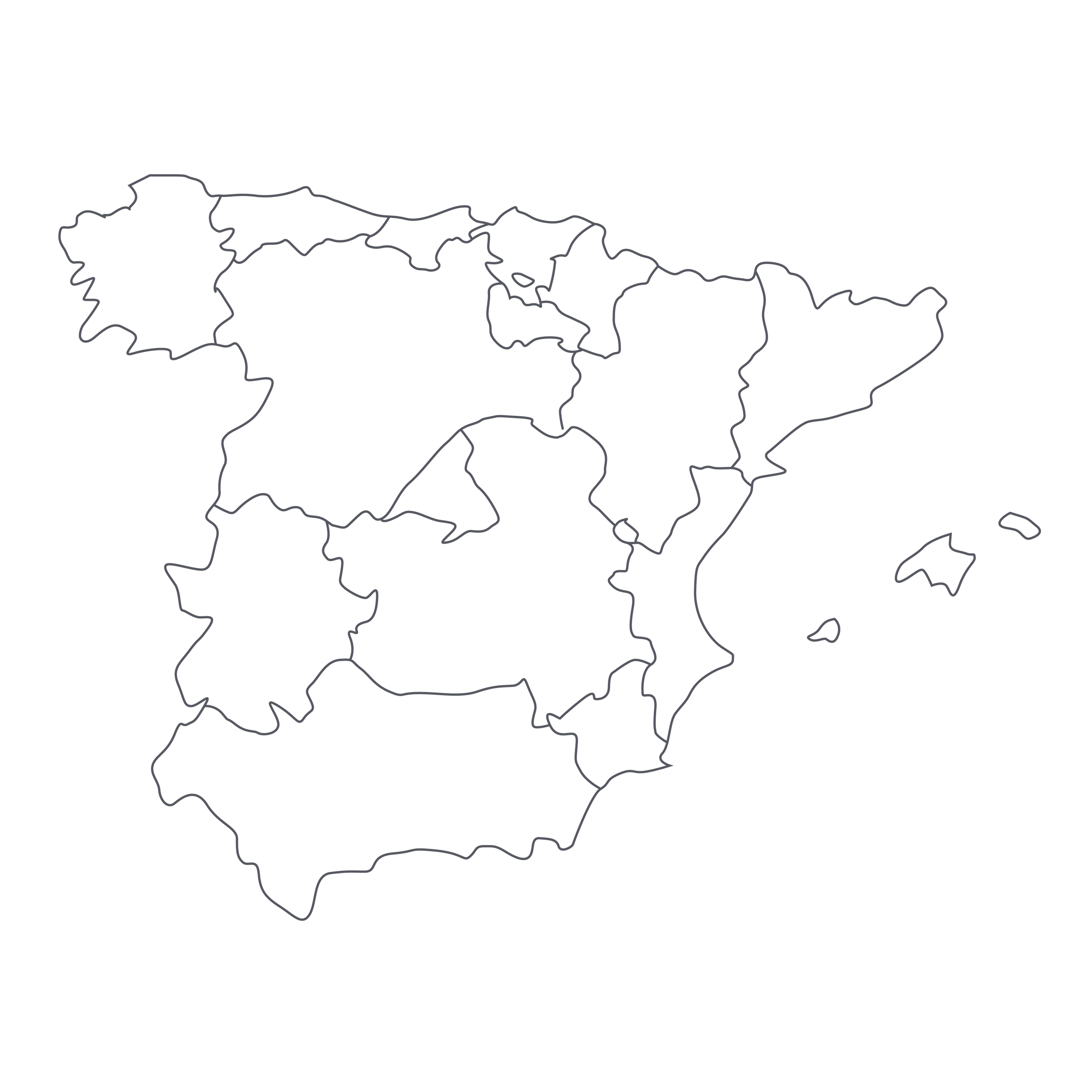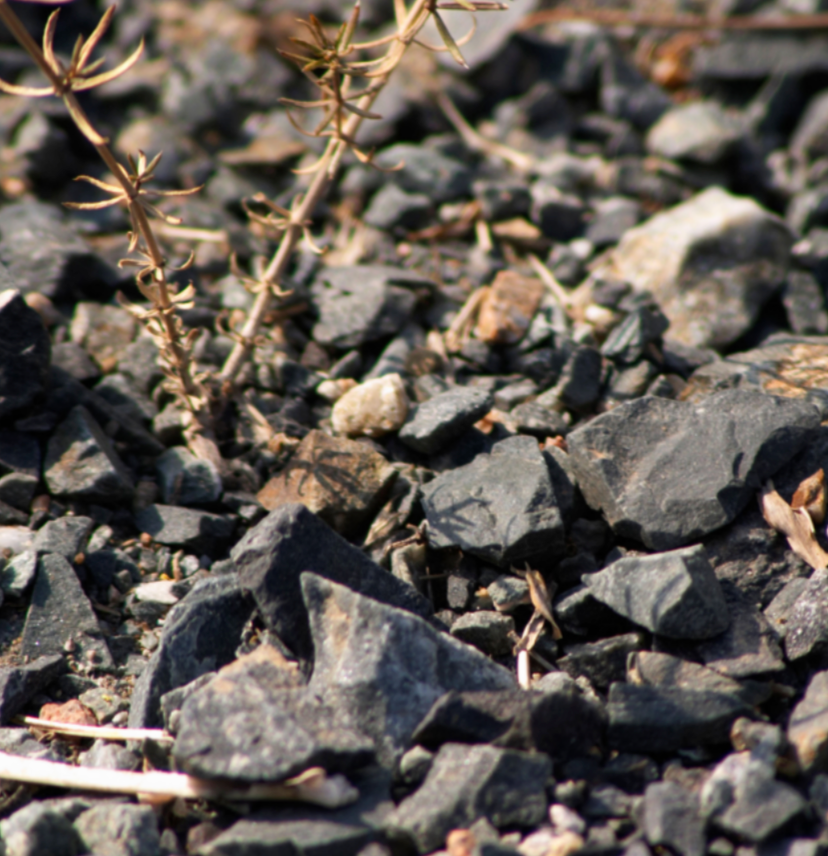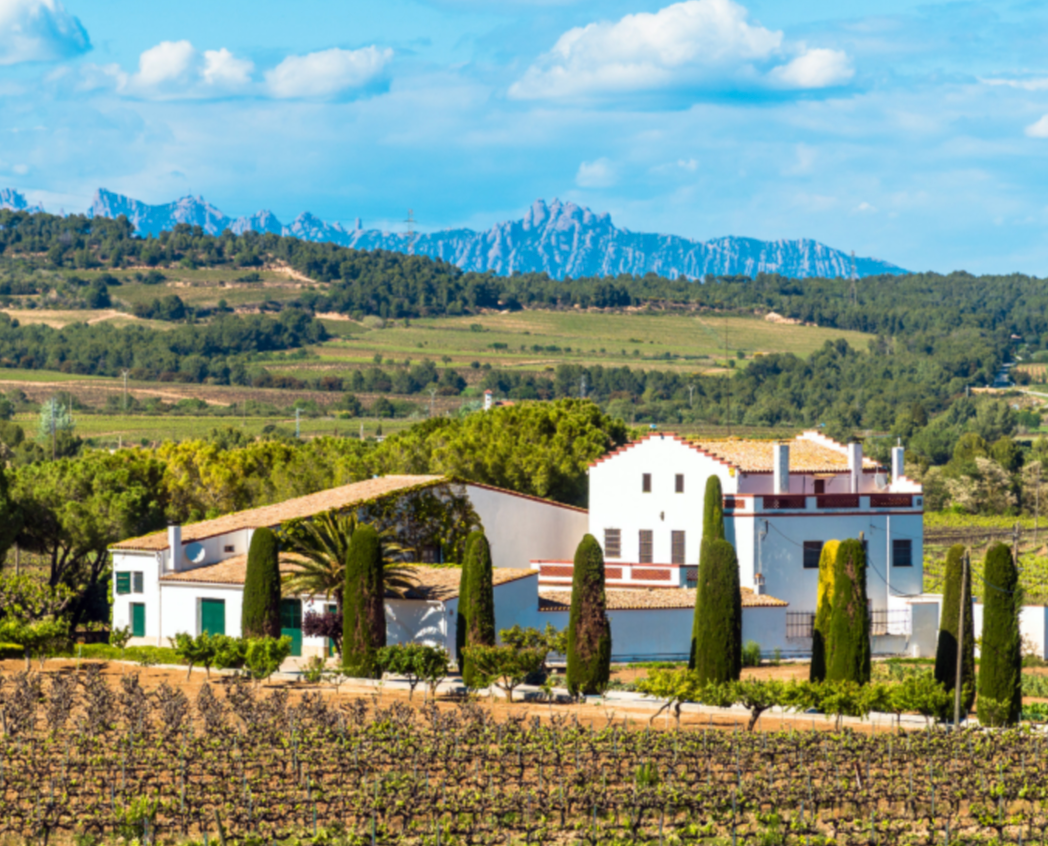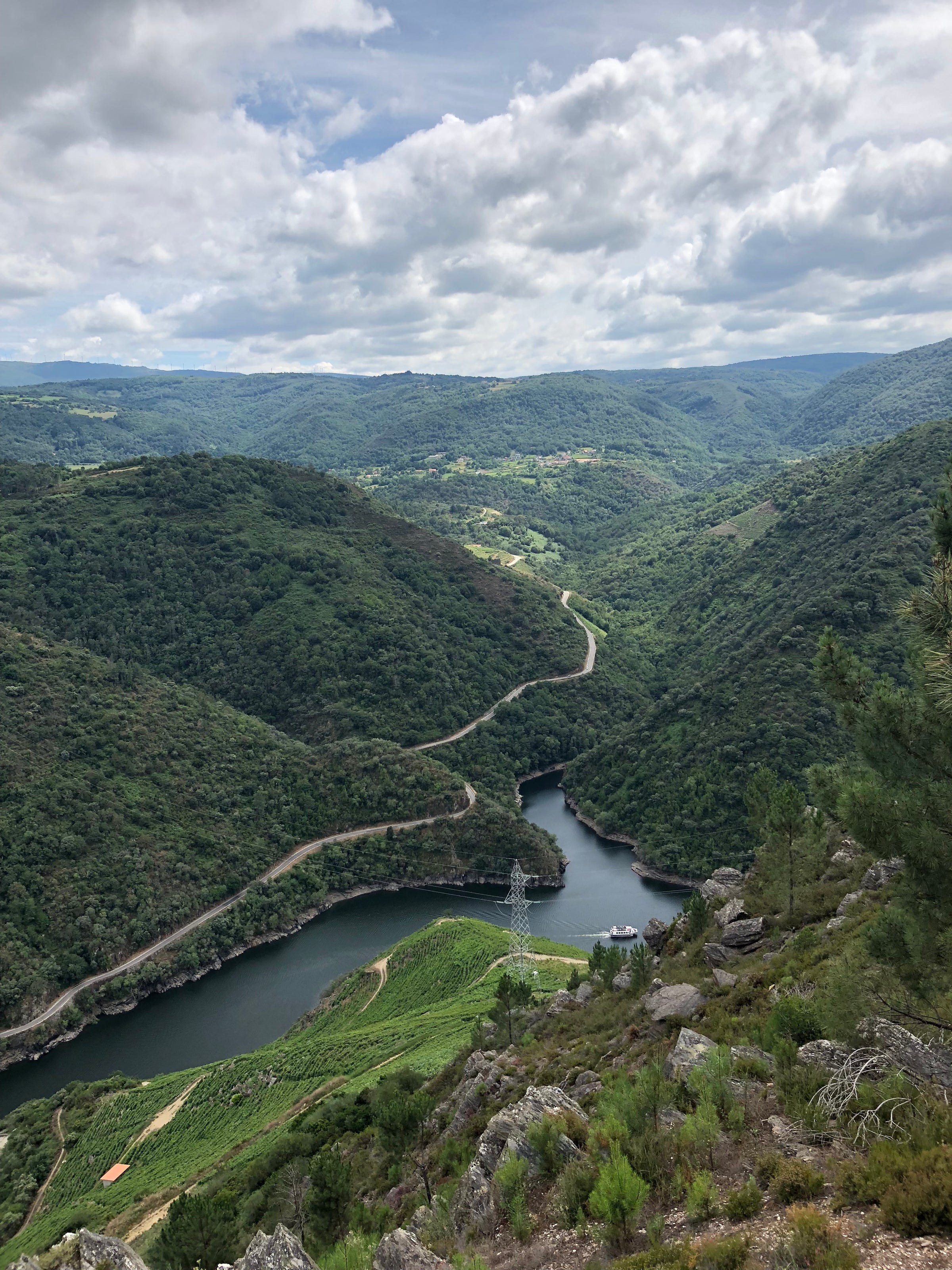For a dedicated wine collector, there are few treasures more exhilarating than a fully developed wine that only grows more delicious every time a new bottle is opened. We often write about reds being “built for the long haul,” but it’s highly unusual to encounter a bottle that reaches maturity and then continues to improve dramatically thereafter!
Case in point: I assumed today’s 2004 Gran Reserva had settled into a beautiful 4-5 year “plateau” of optimal drinking when I purchased a case for personal consumption in 2016. Boy, was I wrong. After opening a fresh bottle (two if I’m being completely honest) with my father recently, I can confirm that this already outstanding red has evolved into something altogether more spectacular and deeply evocative. With endless layers of brooding dark fruit, luxurious Cuban tobacco, and exotic spice, it’s easily one of the most memorable Spanish reds I’ve enjoyed in 2018—and a blockbuster gift wine for the holiday season. After working the phone lines and twisting arms for a few weeks, I’m pleased to announce that we have a small allocation to share today. There isn’t much to go around, but this wine’s dumbfounding quality and value can’t be denied!
This wine checks all the boxes: (1) It’s from an outstanding small, family estate; (2) 2004 is arguably the top vintage in Rioja in the last two decades; (3) the vineyard of origin is a small plot of clay-limestone soil situated in Rioja Alta, the area’s most prized sub-region; and (4) at 14 years of age, this bottle has reached a divine state of peak maturity. Given that Rioja is Spain’s undisputed king of wine appellations—and that fully mature bottles from top producers in equivalent French or Italian regions would fetch 3-4 times as much—it’s hard to fathom how such a masterful example only costs $55. After all, this 2004 Bodega Akutain Rioja Gran Reserva is a one-stop master class in Rioja and a remarkable value for all who appreciate mature fine wines.
Bodega Akutain’s history begins in the early 1970s with its founder, Juan Peñagaricano Akutain. At the time, Akutain was a young man living in the Basque country while working as a traveling salesman in the wine trade. Through his work, the young Akutain forged bonds with the families behind some of the Rioja region’s most storied traditionalist estates, including CVNE and La Rioja Alta. After many years spent visiting the cellars, studying local vineyard techniques, and drinking every bottle of Rioja he could lay his hands on (all the while saving his earnings), Akutain was ready to plant his own vineyards. He spent a few years searching for the perfect site and finally, in 1975, he found his dream property located just west of the village of Haro, the epicenter of Rioja. Here, Akutain planted 6.5 hectares of vineyards to Tempranillo (85%), Garnacha (14+%), and Viura (<1%). Over the years, Juan continued to work as an engineer and salesman while training, pruning, and harvesting his vineyards during off hours. Now, after 43 years of pruning and training alongside his young son, Jon, these same vines are what produce this wine.
The Akutain family’s vineyards are located at the base of the Sierra Cantabria mountains within the ‘Rioja Alta’ sub-region. This is the most historically important area of Rioja, home to grand estates like Lopez de Heredia. Bodega Akutain’s four small vineyards are perched between 1,500 and 2,000 feet elevation. In addition to the power and structure for which Rioja is world renown, this site’s impressive elevation ensures that Akutain’s wines remain balanced and share little in common with the overheated, barrique-aged, and sometimes almost Port-like wines pumped out by many of Rioja’s “modern” producers. Speaking of barriques, it is mandatory to point out that Akutain does not own a single French oak barrel. (In an effort to court mainstream global wine tastes, many Rioja producers have transitioned to aging their wines in small French oak barrels over the last two decades.)
The Akutain family, however, has remained staunchly old school and still practices the Rioja tradition of working exclusively with high-quality oak barrels from our own Appalachian region. This is not just a minor technicality: American oak, while sometimes perceived as unwieldy and dominant in a wine’s youth, is an absolutely necessary aromatic and textural component when a traditional Rioja like this wine reaches full maturity. In Tempranillo-based Rioja, American oak’s vanilla and coconut aromas soon evolve and mellow, integrating and eventually disappearing into the wine’s savory and meaty backdrop. Similarly, its once ample oak tannins gradually soften and become a delicate support structure for Rioja’s dark, plummy fruit. So, one of the great joys of cellaring Rioja is pulling out an older wine that was once muscular, broad shouldered and perhaps too oaky—and appreciating how just 5-10 years have transformed it into something far more sophisticated, complex and soulful. It is a perfect example of how in Rioja—with the help of a little time—all these disparate components come together in harmony.
Bodegas Akutain’s 2004 Gran Reserva summons you to the glass with broad-shouldered black cherry and currant fruit, seductive Cuban cigar and spice box notes, plus a distinct sense of muscularity and depth that defines the finest examples of Rioja, Spain’s most noble terroir. While there’s a clear sense of class and grandeur here, the wine never feels overly manicured. In its essence, it remains a soulful creation of soil and hand craftsmanship. As I’ve already mentioned above, the headline story here is that this wine seems to be enjoying a mid-life resurgence. It is somehow more aromatic, more powerful and more youthful than when I first purchased a case two years ago! It’s showing zero signs of fatigue. With modest ABV% and still tightly knit layers of tannin and acidity, there’s nothing stopping this wine from improving over the next decade. In short—and especially at $55—this is a remarkable wine and a benchmark for Spanish reds in 2018. I encourage you to give this bottle to your closest family members and professional colleagues, but don’t neglect your own cellar, either. When consuming, decant for 20 minutes before serving at 60 degrees in large Bordeaux stems alongside a platter of sizzling lamb chops (or burgers). Also, please make sure to save a glass for after dinner. This wine’s sweet tobacco and dark fruit are the perfect accompaniment to aged Vermont cheddar cheese melted on a few slices of toasted raisin and walnut bread.





